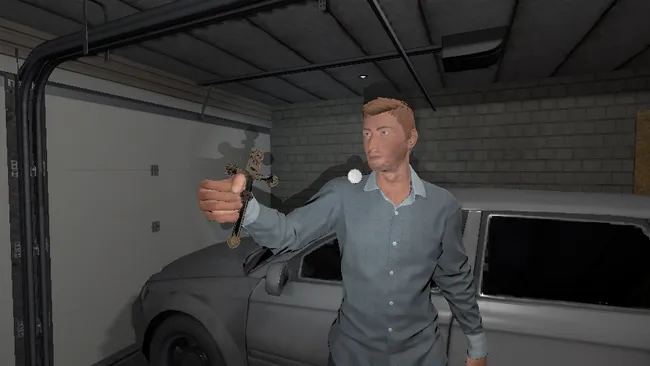
When Phasmophobia crept onto the scene, it didn’t just spook streamers and gamers—it redefined what horror could look like in a co-op setting. But what if we told you its creator didn’t even mean to make a horror game? That’s exactly what happened with Daniel Knight, the lead developer at Kinetic Games, who admits he doesn’t even play horror titles himself.
“I failed to make a co-op puzzle game,” Knight told PC Gamer during an interview at Summer Game Fest. “I didn’t really set out to make a ghost-hunting game. It just ended up being the kind of perfect fit.”
And what a perfect fit it turned out to be. Phasmophobia became an instant cult hit, merging team-based mechanics with supernatural suspense in a way that hadn't been done before. Despite its eerie atmosphere and scream-inducing jump scares, at its heart lies the structure of a classic puzzle game—one where deduction, teamwork, and miscommunication often spell doom for your squad.
From Puzzle Prototype to Paranormal Powerhouse
Knight originally aimed to build a social co-op puzzle game that encouraged players to physically group together in-game, relying on real-time communication and shared clues. The horror elements, he says, were “kind of like the secondary part.”
But it turns out that ghosts, dark hallways, and EMF readers elevate puzzle-solving into something unforgettable. The game’s slow-burn tension—tracing audio signals, analyzing freezing temperatures, and deciphering cryptic ghost behavior—transformed a simple concept into a genre-defining hit.
Horror by Accident, Not by Design
Perhaps the game’s brilliance lies in the fact that it wasn’t designed by someone beholden to horror tropes. Knight admits candidly: “I don’t actually play horror games.” That unfiltered perspective might explain Phasmophobia’s unique tone. It doesn’t try to be terrifying in the traditional sense—it lets the fear come naturally through player interaction, unexpected ghost behavior, and those nail-biting moments of uncertainty.
In Knight’s words, it’s about “making a world feel real”—one where your mistakes can cost lives, and your friends’ panicked shouts in voice chat only heighten the immersion.
A Genre Reimagined
From schools haunted by ghostly children to chaotic misreads of Spirit Box messages, Phasmophobia doesn’t deliver a pre-scripted horror story. Instead, it gives players tools, a setting, and just enough mystery to let their imaginations run wild. That emergent design is what keeps it fresh—even now, with 2025 updates promising mod support and new maps, the core appeal remains the same.
It's easy to forget, amid all the jump scares and haunted locations, that Phasmophobia began as a co-op puzzle idea gone "wrong." But maybe that’s what makes it so right.
Leave a Reply